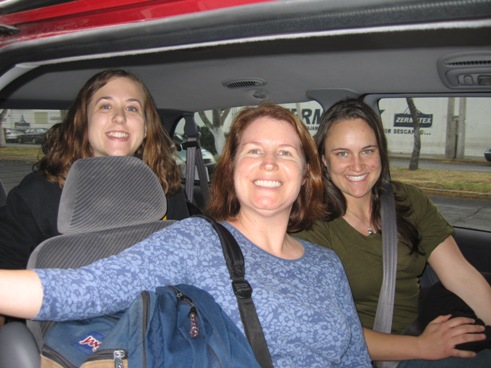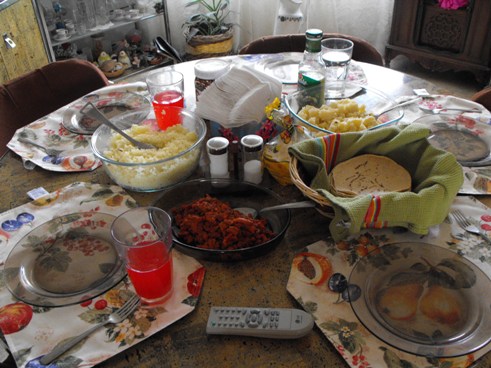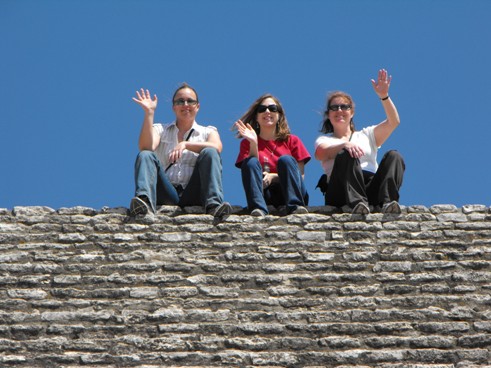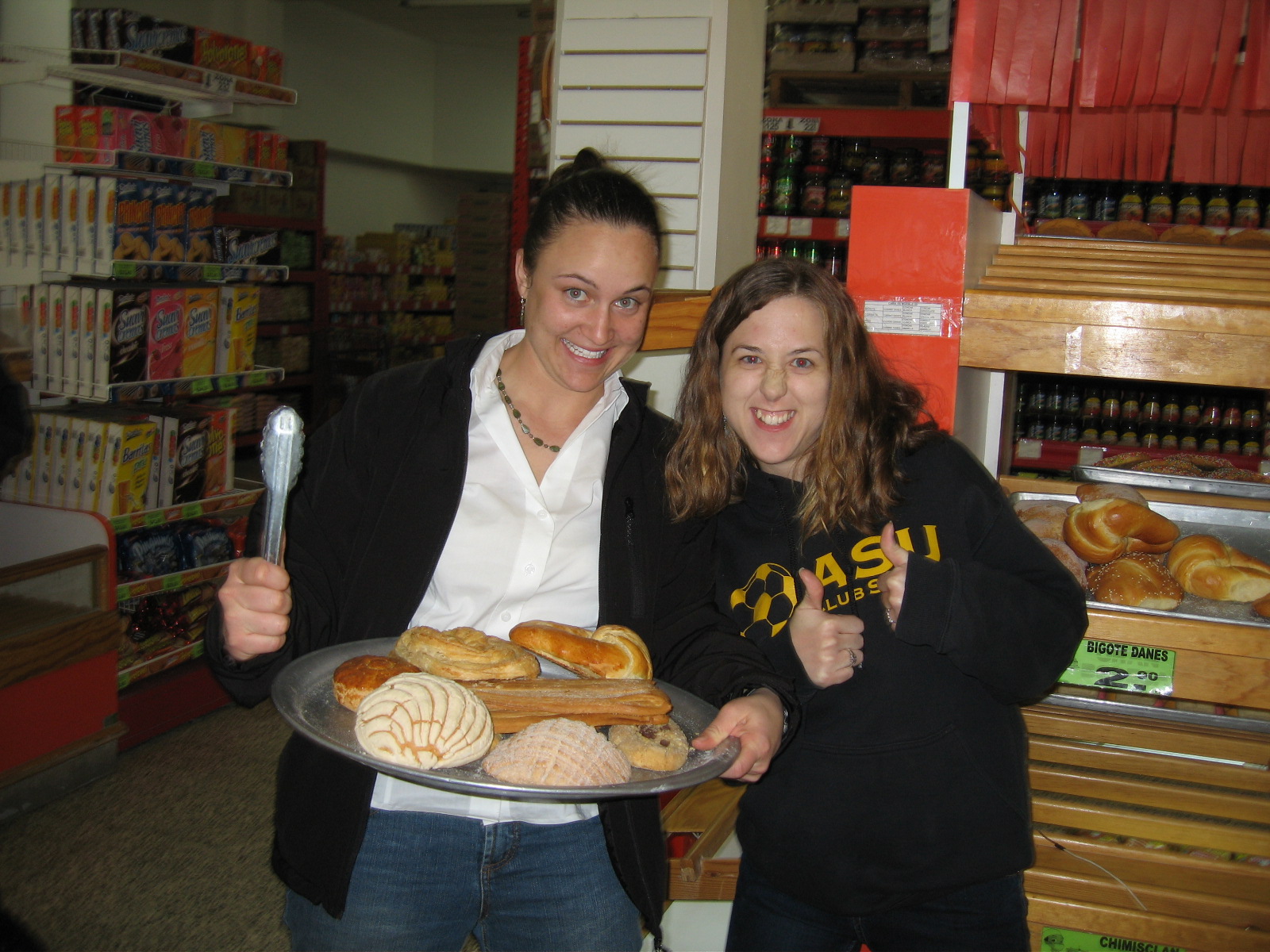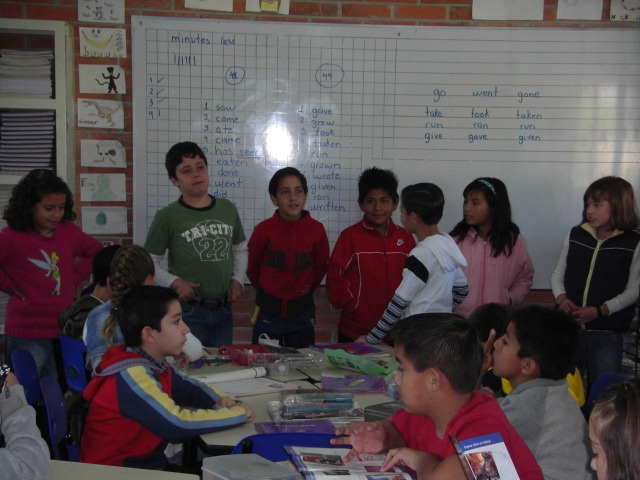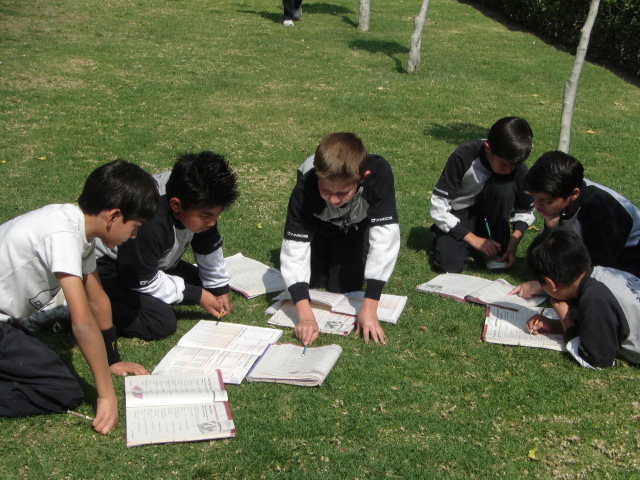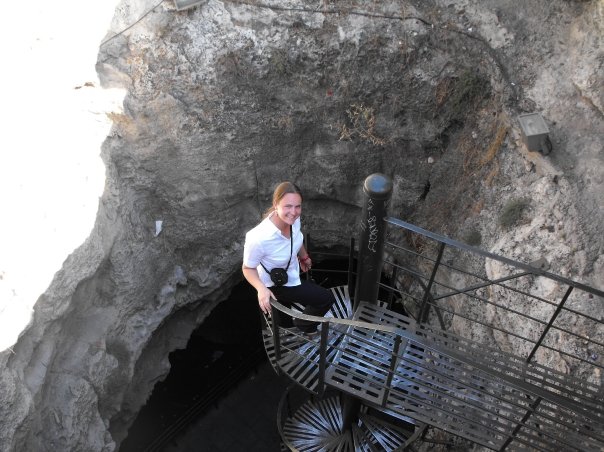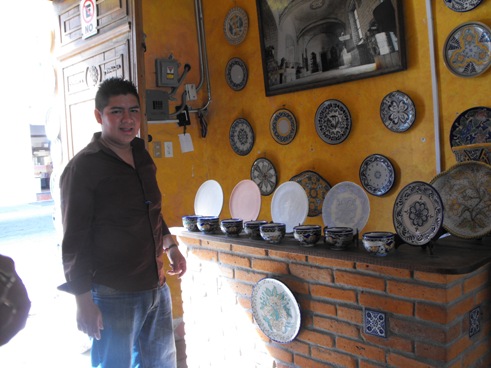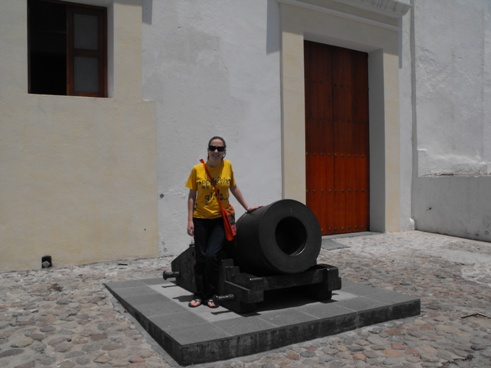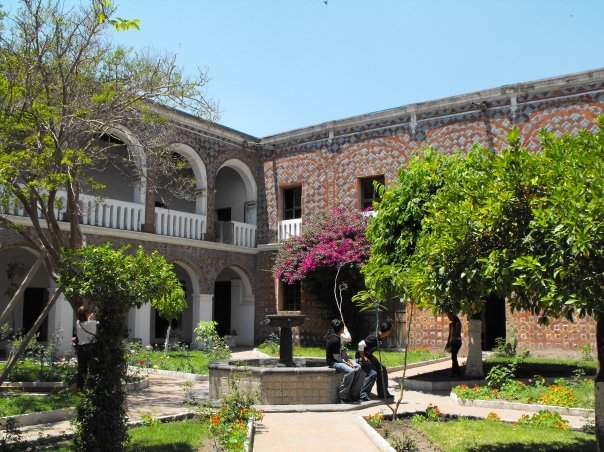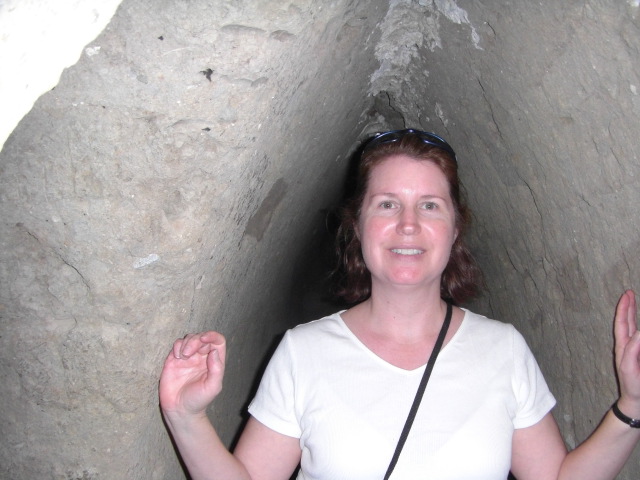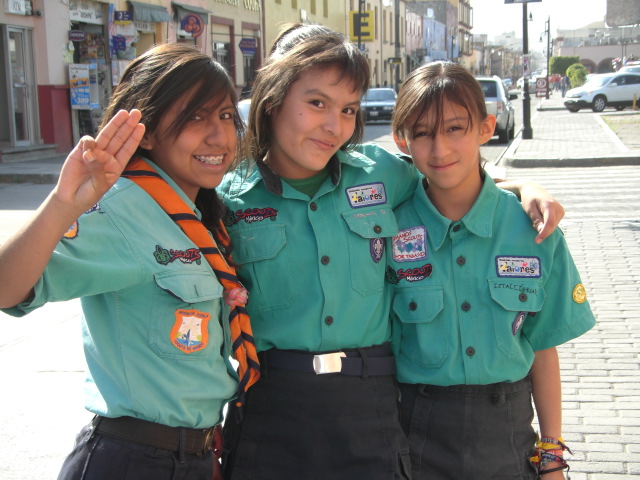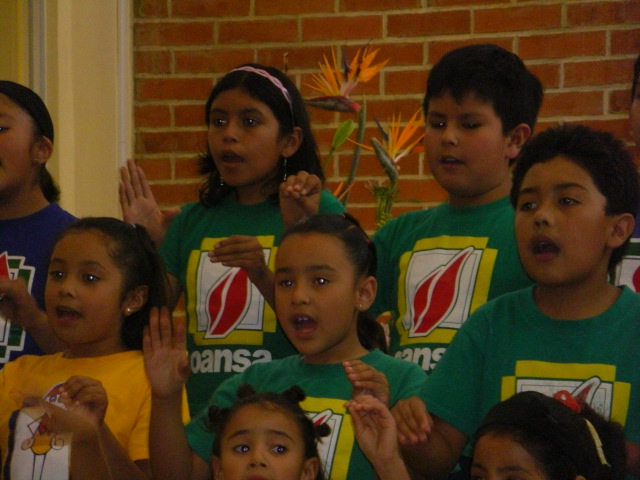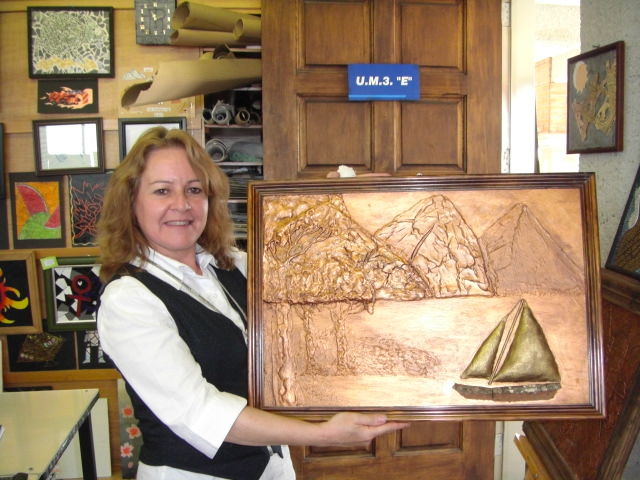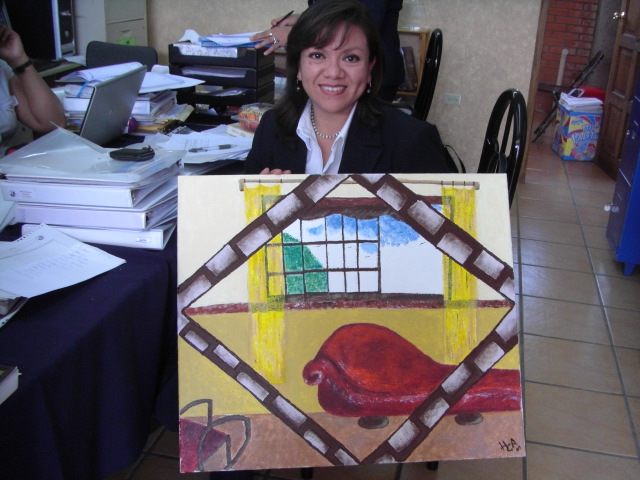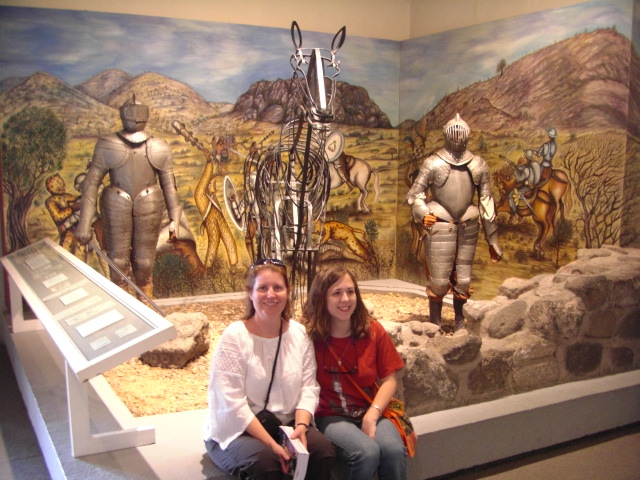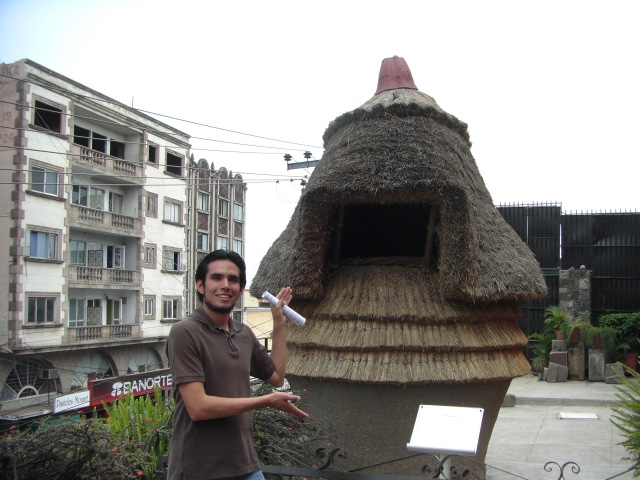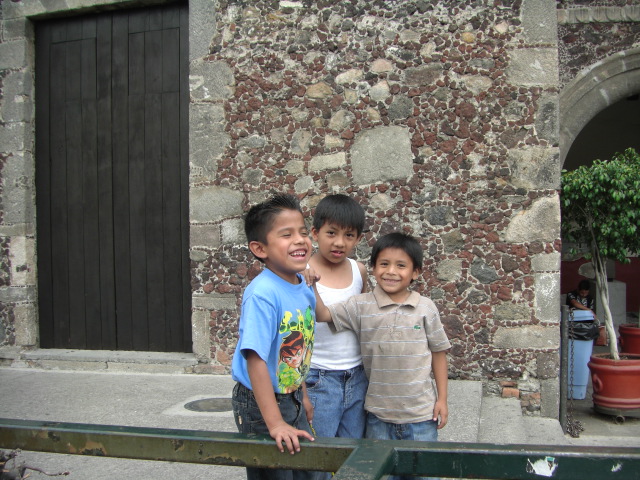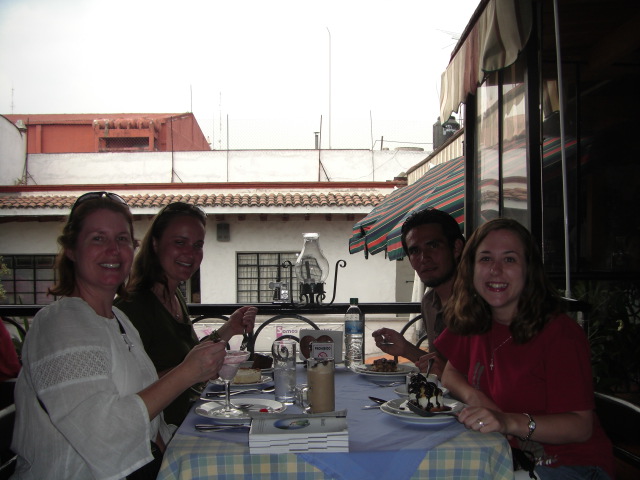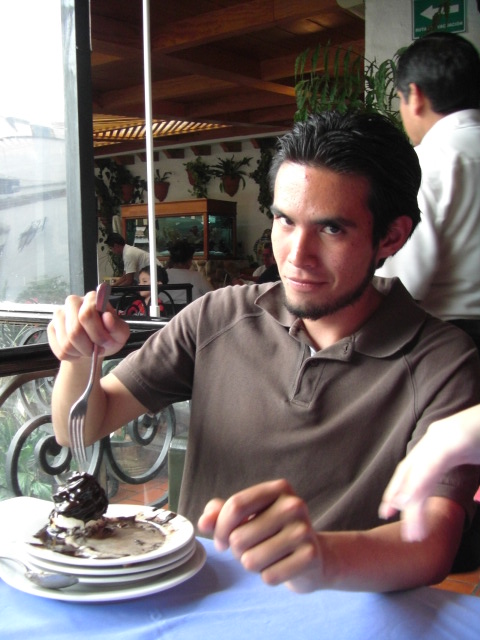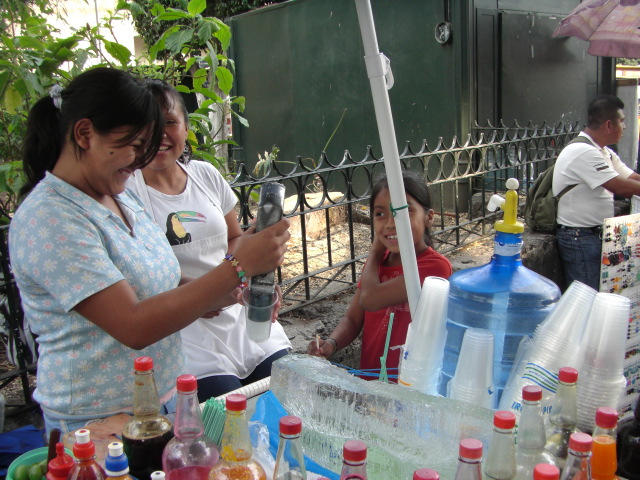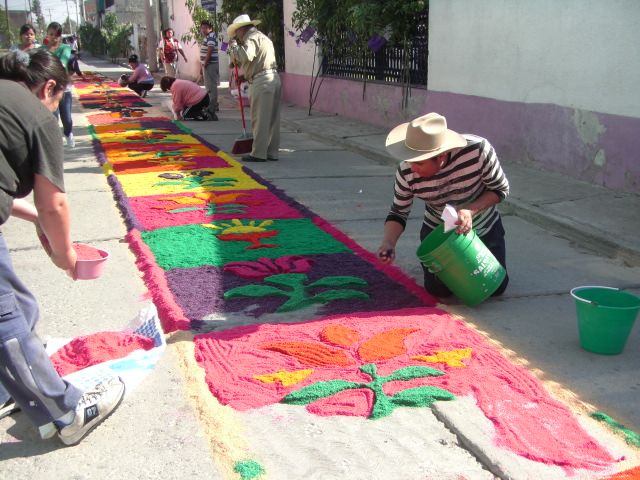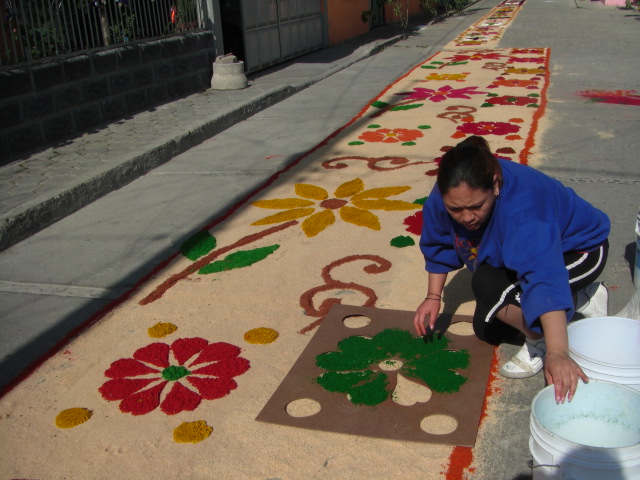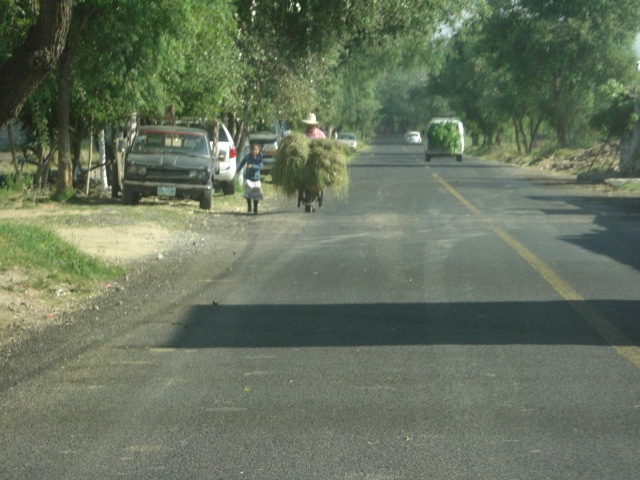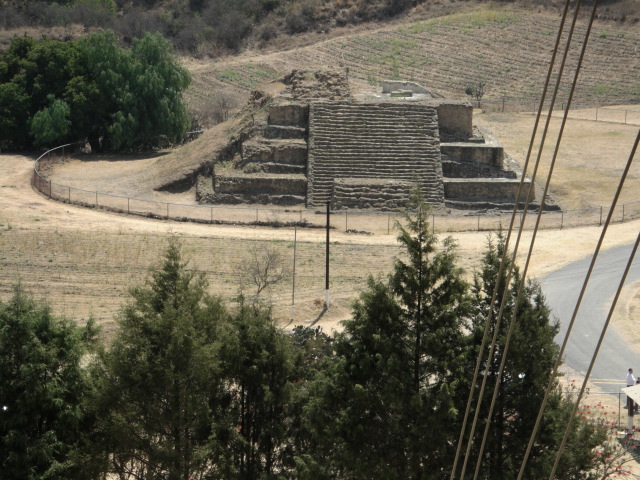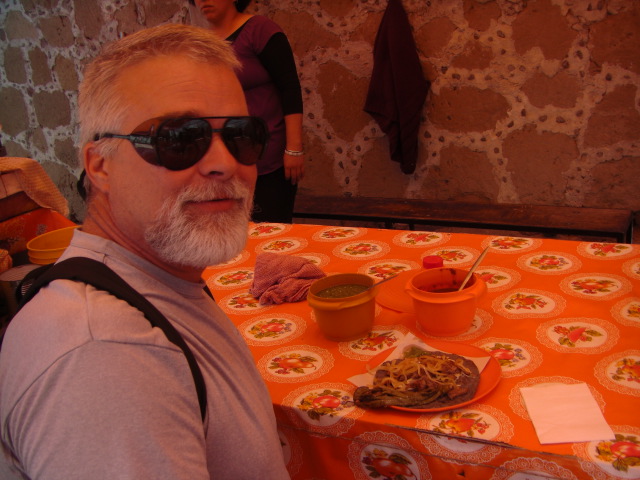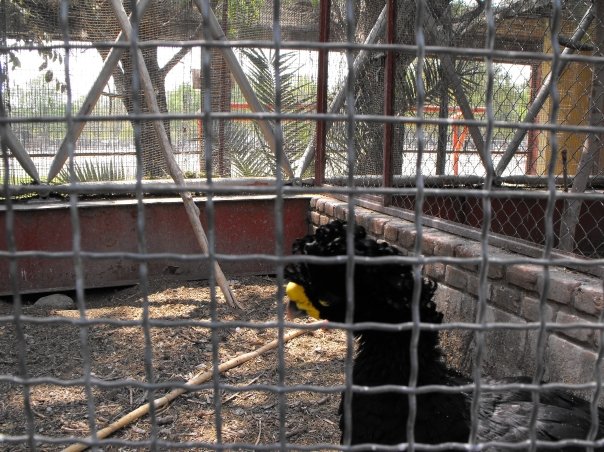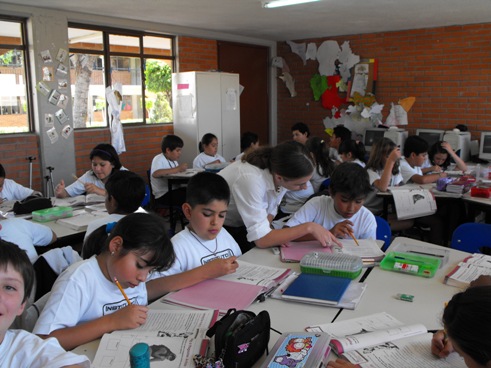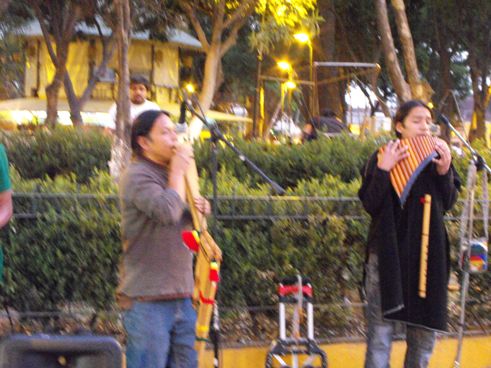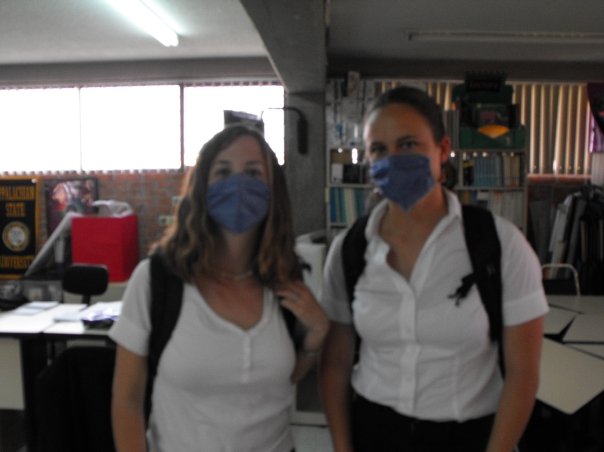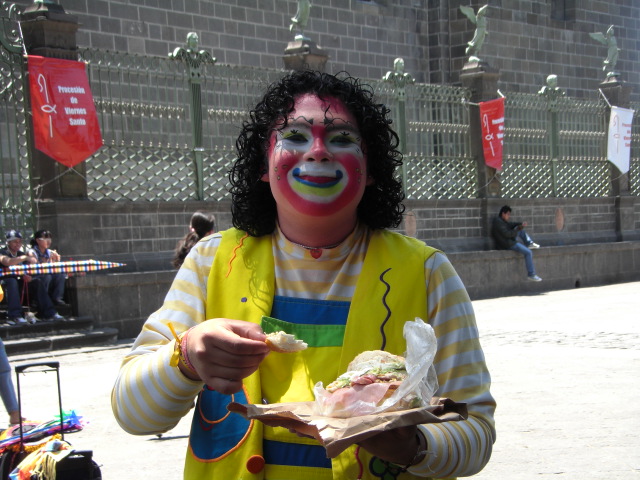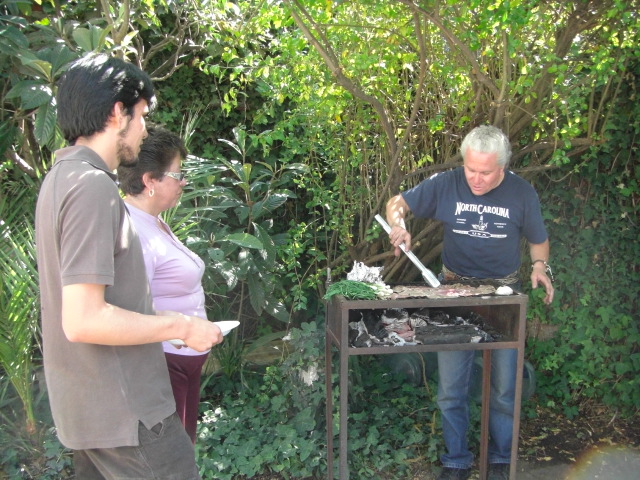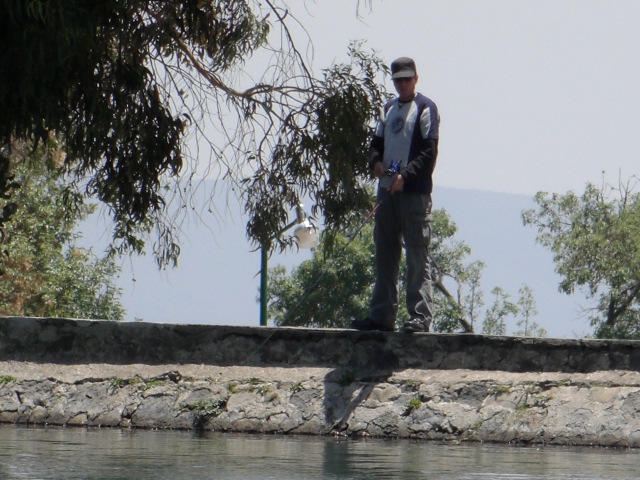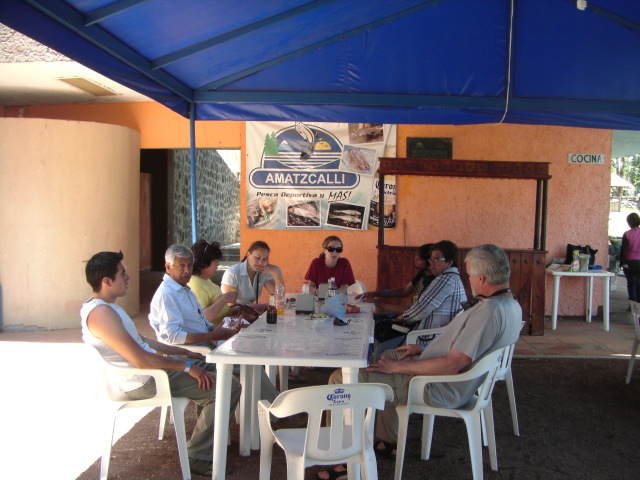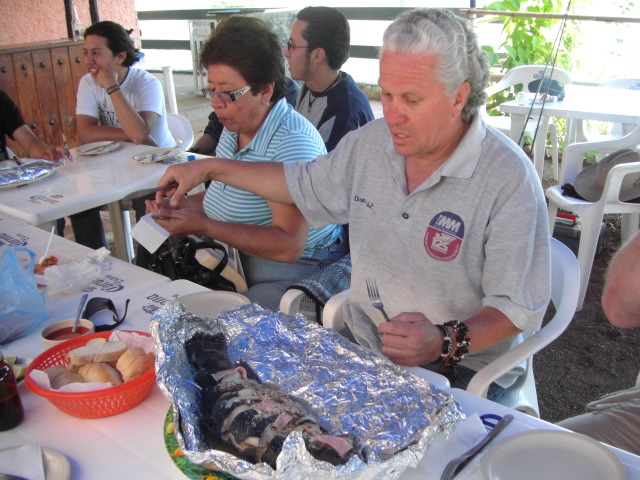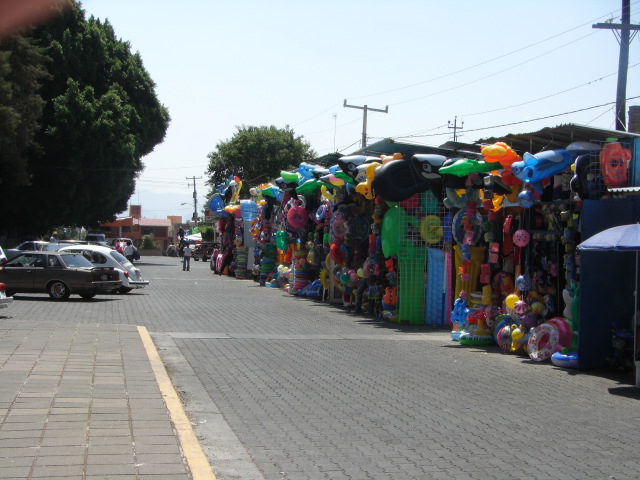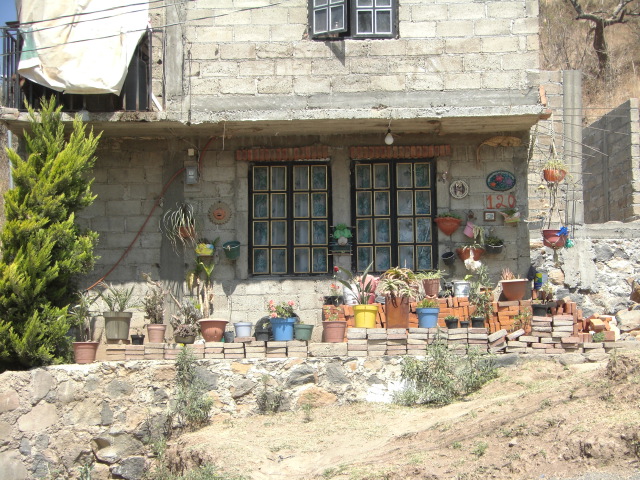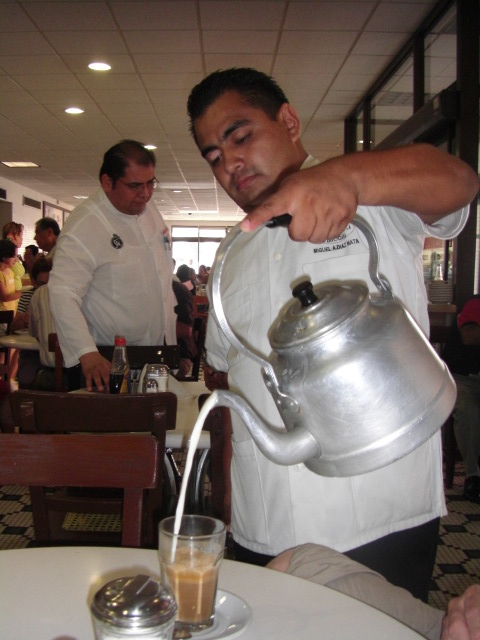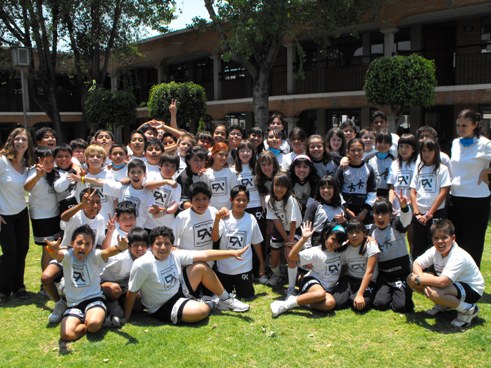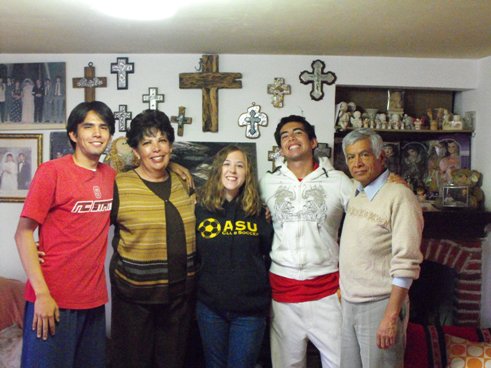When I arrived back at school on Monday, I was saddened to learn that one of my fellow teachers, Adriana, had miscarried over the vacation. She was unable to teach for at least a week, so Lourdes (aka Lulu) asked me to take the classes. Lulu and I planned to teach the classes as a team, which is my favorite way to teach. Although some of the classes were business classes, taught in English, we focused on building the students' fluency with tricky tenses that Adriana had identified as difficult for them.
The first step was to figure out which classes Adriana had when and with which students. At D'Amicis, this is much more difficult than in the U.S. schools where I've attended or worked. The system is that students have "their" classrooms. They mostly stay in one room, and the teachers move from room to room. However, for classes taught in English (U.S. History, Reading and Writing, ESL, and Business and Management), the students are shuffled into different groups based on their proficiency in English. Also, each day means a different class schedule.
So, on Monday, Adriana's schedule may be a 45-minute ESL class at 7:20 a.m. with 3rd-year students (12th graders in the U.S.), followed by a break, then a double class (90 minutes) of Business and Management with 2nd-year students, another break, and a 45-minute ESL class with 1st-year students. Each day is a totally different schedule, so the teachers in the English department often look at the schedule and exclaim, "Oh, I have a class now!"
This is a class of 3rd-graders (equivalent to 12th grade in the U.S.). The boy in the right front of this photo has been "called-up" by Mexico's version of selective service to be trained by the military every Saturday morning "to learn how to march." He also attends lectures on military procedures and hierarchies. Margarita's son Mario also was selected. Part of Mario's training was doing community service projects, building teamwork and responsibility.
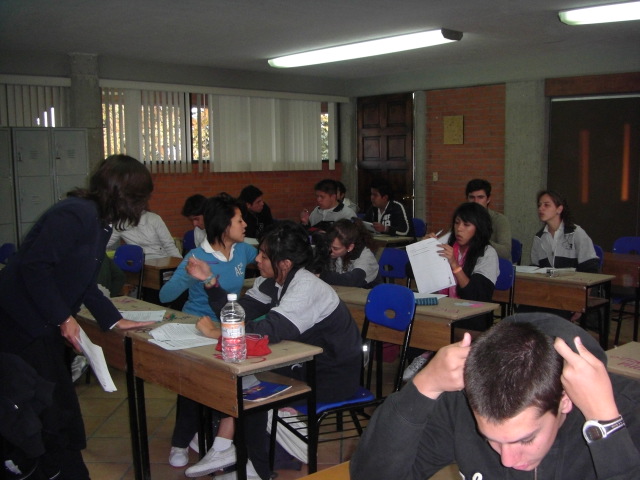
I was impressed with the students' proficiency in English, which is much more advanced than I remember experiencing when I took Spanish in high school and college. I was delighted to be of help to the department and to be teaching the students, as well as to be able to work with Lulu. Each day meant learning something new--even if it was a commonsense, simple lesson.
One of my lesson plans included a cultural exchange discussion, to help students polish their conversational skills. We discussed the cultures of Mexico, the U.S., and other countries that the students had visited. I learned about differences and similarities along with the students. I was amazed (as before) with the affection between the students and their teachers. I explained about how in the U.S., students are never to be left unattended by a teacher, even in the 12th grade, and that teachers and students do not regularly hug or kiss one another on the cheek as they do in Mexico.
They told me that in Mexico, there are no laws against littering, and they are considered adults at a younger age than in the U.S. Also, many young adults in Mexico live with their parents until they get married. This photo is of Remy (in the cap) and his small group working on their Venn diagram of cultural differences.
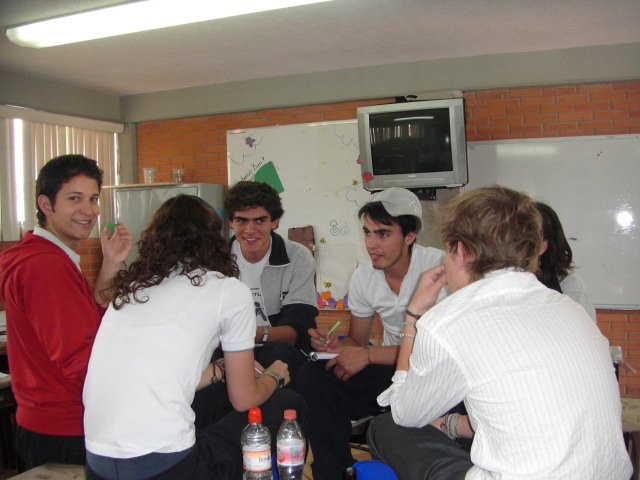
The English office, where the teachers gather, meet, have their breaks, and prepare their lessons, is a busy place. Students come in and out throughout the day to ask questions, print their assignments, visit with the teachers, and turn in work. One student, Daniela, delivers salads. She's 15 and in the segundaria or middle school, which includes up to what would be the 9th grade in the U.S. One of her school projects was an "Impulsa," which is sort of a Junior Achievement project (as we called it when I was in high school).
She developed a business selling salads. Her mother provided her with a capital investment and still helps her with the administrative details. Daniela takes orders for her mixed lettuce salads. We can order them with olives, chicken, egg, cheese, bacon, croutons, balsamic vinaigrette, or a homemade cilantro dressing. And after buying 5 salads, we get the 6th one free. She delivers to the office and takes up the plastic containers to be reused. She's a very impressive young woman who took a school lesson and created a real-life business for herself.
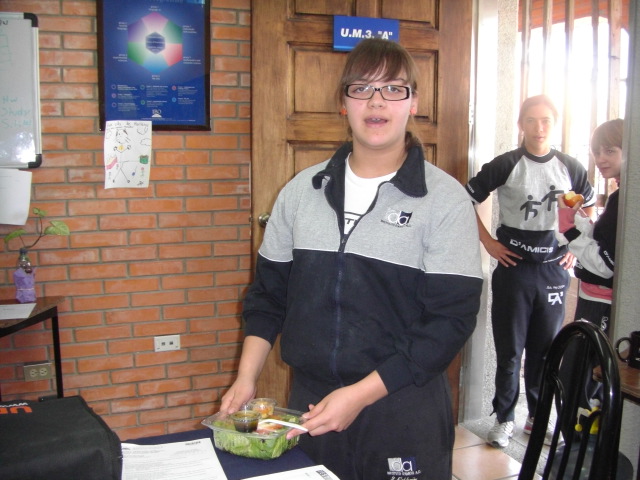
This photo is of another group working on their Impulsa project: lamps made with recycled materials. Lulu is on the far right.
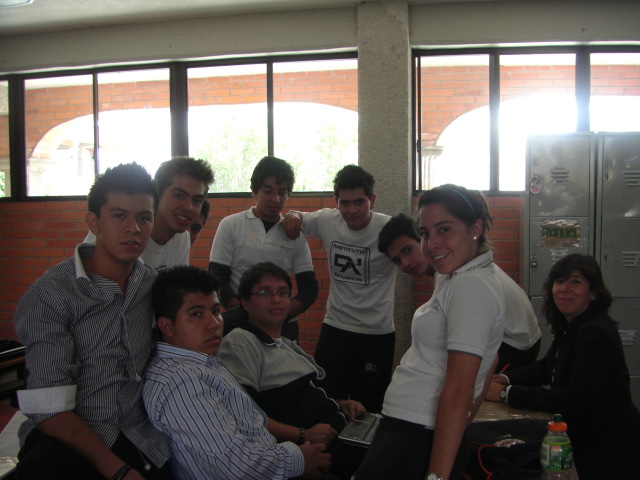
At the end of the day, diligent students take their materials and books with them to do homework.
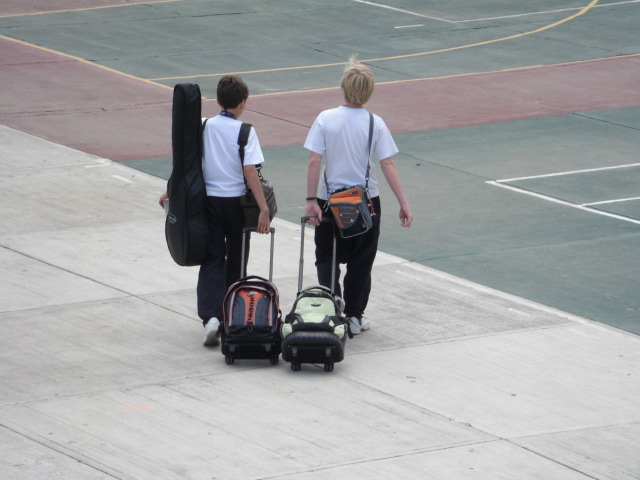
One afternoon I had a nice surprise. I was staying late in the English office to work on my lessons and create a rubric. I was excited to be going home on the bus with Pedro Pablo and glad to be able to work a few extra hours without distraction. At one point, a man who looked familiar came into the office, asked if Lulu had left, then came up to me and kissed me on the cheek before wishing me a good afternoon.
I realized that I had been introduced to him before--it was Gabriel, who oversees the diploma program (Lulu's boss). I was a little startled because I realized he would be like one of my assistant principals in the U.S. It was a kind and friendly gesture in Mexico, but very different from what my kind and friendly supervisors would do in the United States. (Max, a British man who teaches English at D'Amicis, said when he returned to England after 2 years in Mexico, he actually concluded a job interview by kissing his prospective employer on the cheek. He apologized, she was not offended, and he got the job!)
Friday was my marathon teaching day. Starting at 7:20 a.m., I had five classes (three or four preps) back-to-back with no breaks--not even transition time between classes, because one class ends at 8:05 and the next class begins at 8:05. So, I ran from room to room. Lulu was in meetings most of the day, so I was pretty much on my own, although she was able to help me with errands like retrieving the tape player from the office.
On Fridays, classes end at noon and students can go home. Teachers stay for training until around 3:00 p.m. Because the training was in Spanish, Lulu said I could skip the training--it was about Mexico's teaching standards (like our North Carolina Standard Course of Study). Instead, Alex took the time to show me some of the his artwork that would be included in Miss Laura's exhibition in June.
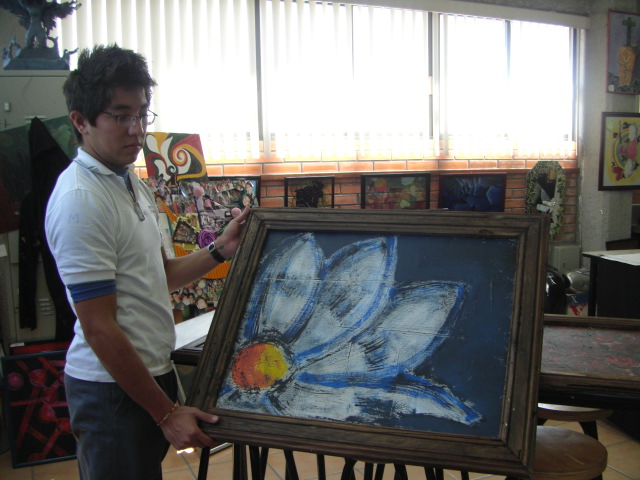
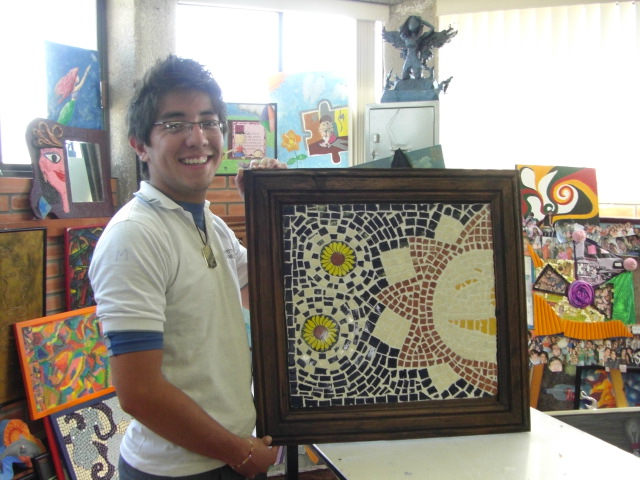
Although I hadn't been assigned to one teacher or one class, the time I had spent student teaching in North Carolina had helped prepare me to step in and teach. In Mexico, I was involved in classes almost everyday, so I already knew most of the routines. The teachers were all quick to give me gentle advice and kind encouragement. Their modeling and feedback were a great help every day.
